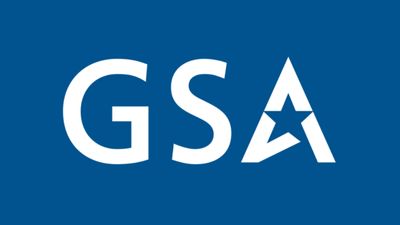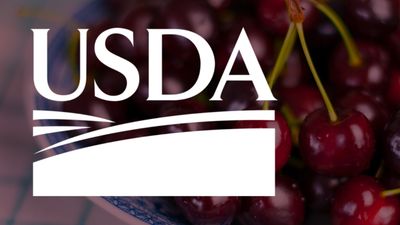Supporting American Small Businesses
- Design Manager, Federal Projects
- Small Business Administration ,
- Bixal
- Experience Design,
- Bilingual Content Strategy,
- Accessibility Standards & Best Practices
Originally, SBA.gov served as a vast repository of information and links, which many users found confusing and difficult to navigate. The site also did not comply with federal accessibility guidelines, making it inaccessible for a significant portion of potential users. This led to a high bounce rate, with 52% of visitors leaving the site from the landing page without further engagement.
The Client
SBA.gov is the official website of the U.S. Small Business Administration (SBA), a government agency dedicated to supporting and empowering small businesses. The site provides a wealth of resources, including information on starting and managing a business, securing funding, and navigating federal contracting opportunities. It offers access to various loan programs, grants, disaster assistance, and training materials to help entrepreneurs succeed. SBA.gov also connects small business owners with local support through a network of offices and partners, fostering growth and innovation. The platform aims to drive economic development by ensuring small businesses have the tools and support needed to thrive.
The Goal
Our task was to understand our audience better and tailor the site to meet their specific needs, creating a more user-centric online environment.
Research First
We initiated our redesign process by conducting extensive customer research, gathering valuable data, and building detailed personas and user stories that reflected the real needs of actual users. This research informed our content strategy and guided our adjustments to the site’s content and design to better meet user needs.
Analytical Approach to User Research
Through customer interviews and live feedback, we gained insights into what users found lacking in the original site. We also performed content audits and competitive analyses to streamline and optimize the content and functionality of the site.
Quantifiable Design Decisions
Our findings revealed significant barriers users faced due to non-compliance with accessibility standards and content that did not adapt well to mobile devices, used by 31% of visitors. Our design strategy, therefore, prioritized accessibility and responsive design to accommodate various devices.
Addressing Unexpected Challenges
During the COVID-19 pandemic, we swiftly adapted our strategy to meet the surge in demand for information on emergency loans and debt relief, enhancing the site’s ability to serve as a crucial resource during unprecedented times.
Continuous Improvement and Support
Using Agile methodologies, we continually refined the website, adapting quickly to user feedback and changing needs. Our team also managed the SBA’s help desk and customer support services, ensuring high-quality interactions that reinforced the SBA brand.
Clearing Out Design Debt
Our redesign efforts led to the creation of a more intuitive information architecture and a streamlined navigation system. We reduced the volume of content in critical sections like the SBA’s Business Guide from over 300 pages to just 30, significantly enhancing the user experience by reducing the number of clicks needed to find information.
Multiple Languages
In addition to support for eighteen different languages, the SBA.gov content strategy included content tailored to Spanish-speaking audiences.
The Outcome
The outcome was a user-friendly, accessible website with clear, plain language and a Spanish-language version, all designed with direct input from our target users. This new site effectively supports hundreds of thousands of entrepreneurs and small business owners monthly, providing them with essential tools to start, grow, and sustain their businesses.



